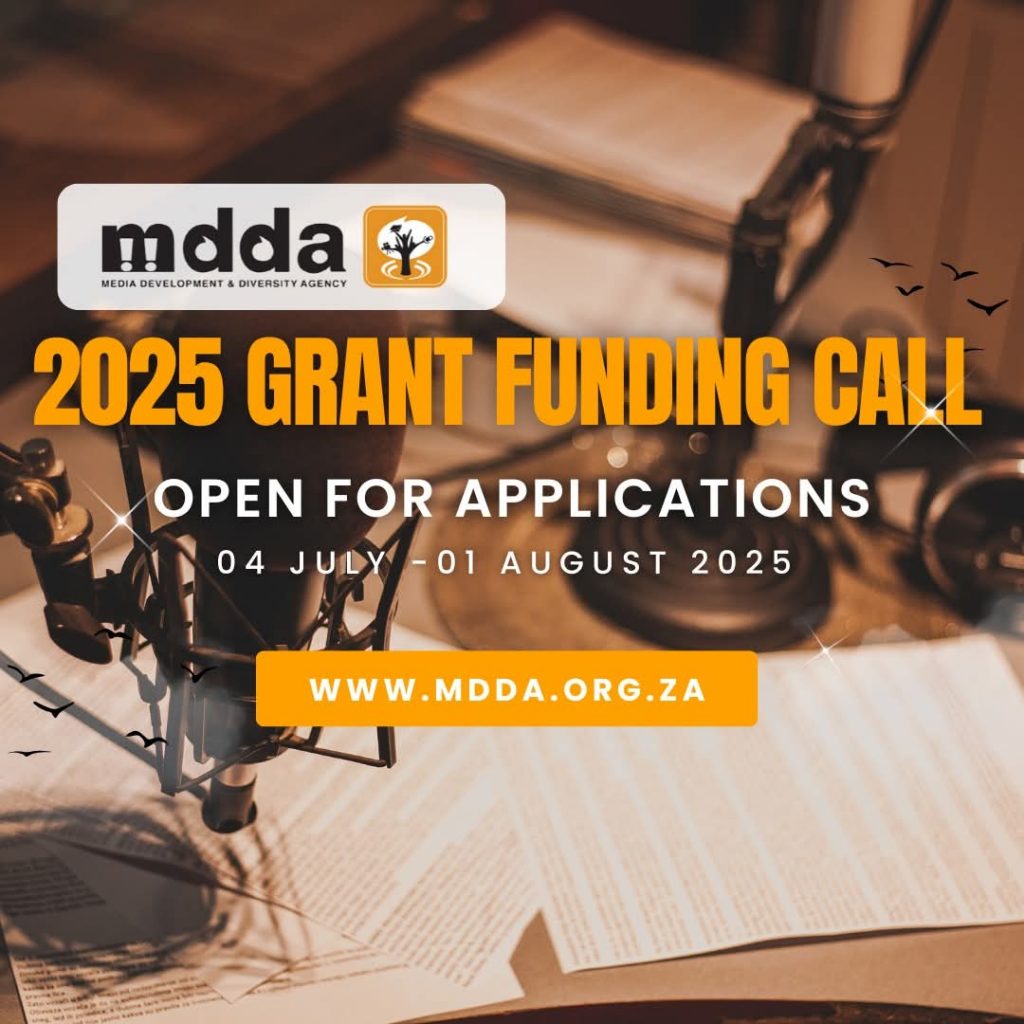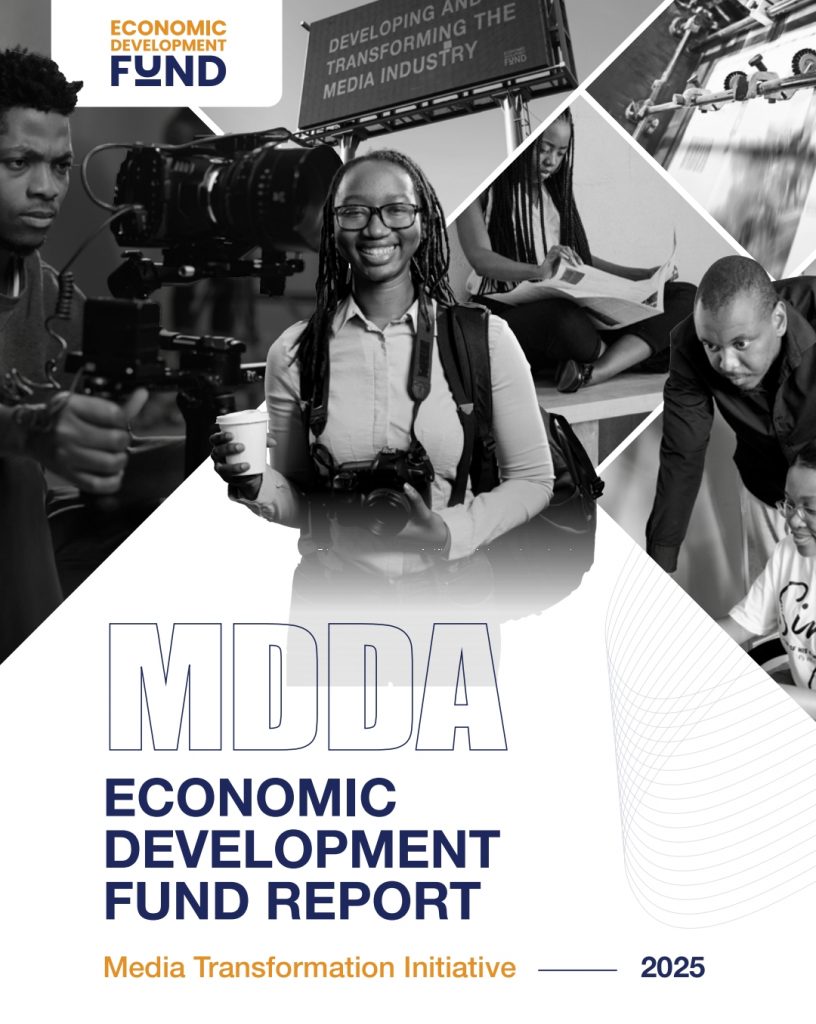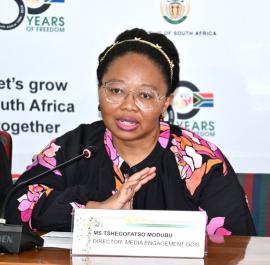
The Media Development and Diversity Agency (MDDA) has recently opened its call for Grant Funding Applications for 2025/2026 and BMOA members are encouraged to apply.
The Call for Applications will remain open for a 4-week period from 04 July – 05 August 2025 for community media projects, including radio, TV and print publications, as well as small commercial print.
The MDDA is a statutory development agency for promoting and ensuring media development and diversity, embedded in the country’s Constitution.
It is a partnership between the Government and major print and broadcasting companies to assist in, amongst others, developing community and small commercial media in South Africa
An online application system is available on the MDDA website, and applicants are also allowed to apply via email or delivery of hard copy. Applicants are, however, discouraged from submitting an application via more than one channel.
Chief Executive Officer, Ms. Shoeshoe Qhu, says the Agency’s grant funding process is a crucial step in supporting an accessible and sustainable community media sector.
“As a statutory entity, our mandate includes encouraging ownership and control of, and access to media by historically disadvantaged communities as well as by historically diminished indigenous language and cultural groups. We therefore encourage the sector, particularly media serving marginalised communities, to participate in this process.”
The qualifying criteria is listed on the MDDA website. Furthermore, the MDDA is hosting roadshows across the country to support the sector in submitting their applications and empower media leaders and communities with critical governance skills and training.
On Monday, 7 July 2025, the Agency will host a hybrid workshop in Cape Town to allow for participants who cannot attend the training physically to participate online. Similar workshops have already been hosted in North-West and Mpumalanga with the remainder of the country’s provinces to follow in July and August.
Participants will receive training and insights on critical areas such as leadership, ethics, media management, and governance—skills essential to the sustainability and impact of community media operations.
The public is also encouraged to review the schedule for trainings to be hosted by the Agency in July to participate in trainings and take advantage of these opportunities should they occur in their regions.
The criteria for the grant call includes, amongst others, ineligibility for unlicensed broadcasters as all broadcast applications must have an ICASA license.
Applicants also need to ensure they are eligible through:
- Providing credible information
- Demonstrable governance of a stable board for NPOs.
- Proving complete information as required.
- Applying for requirements as stated in the MDDA’s scope of funding.
Applications will close at midnight on 01 August 2025.
For more information and/or interviews, please contact: The MDDA Communications unit, e-mail: ayabulela@mdda.org.za / 073 756 8461 or
margaret@mdda.org.za / 082 785 6071
For more updates regarding MDDA related news and information, follow us on our website and social media platforms:
Facebook: MDDA
Twitter: @MDDA_Media
Instagram: @MDDA_Media
For media releases, speeches and news visit the MDDA portal at www.mdda.org.za.










